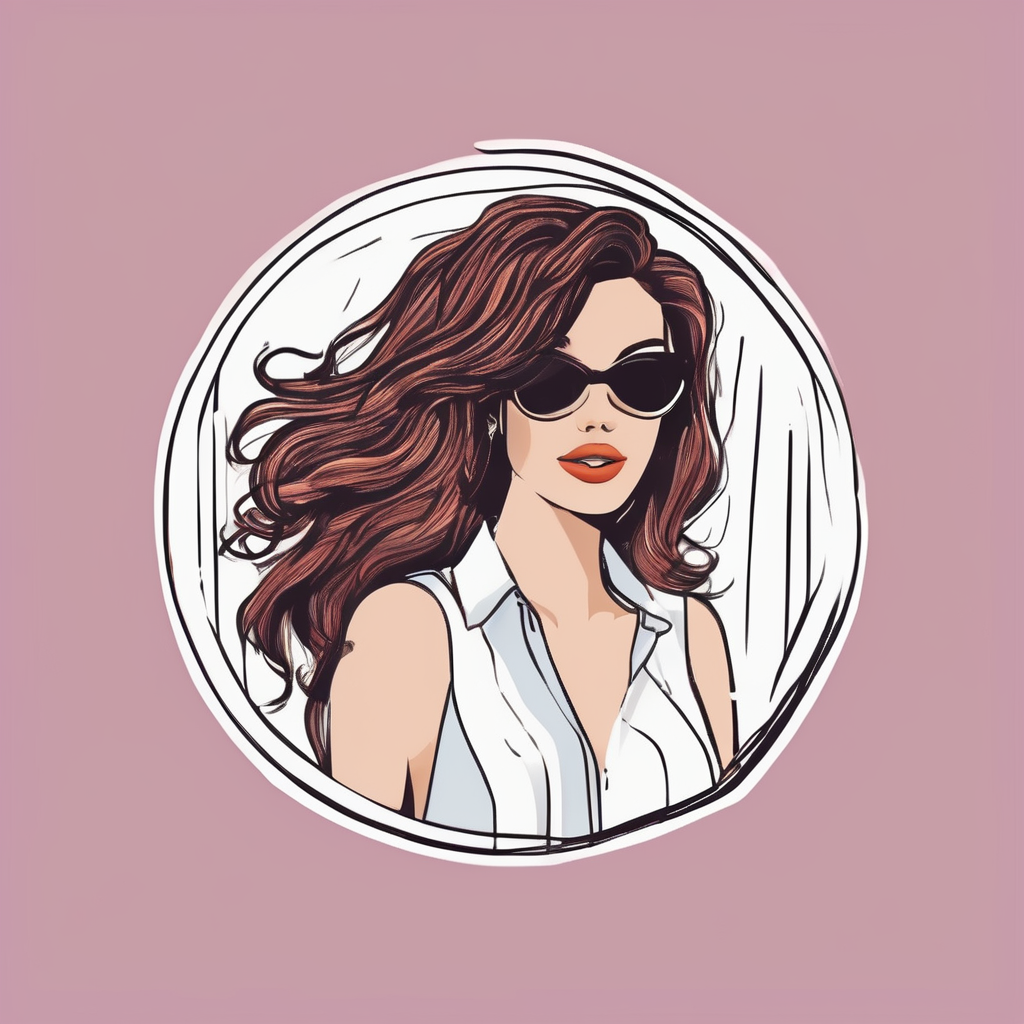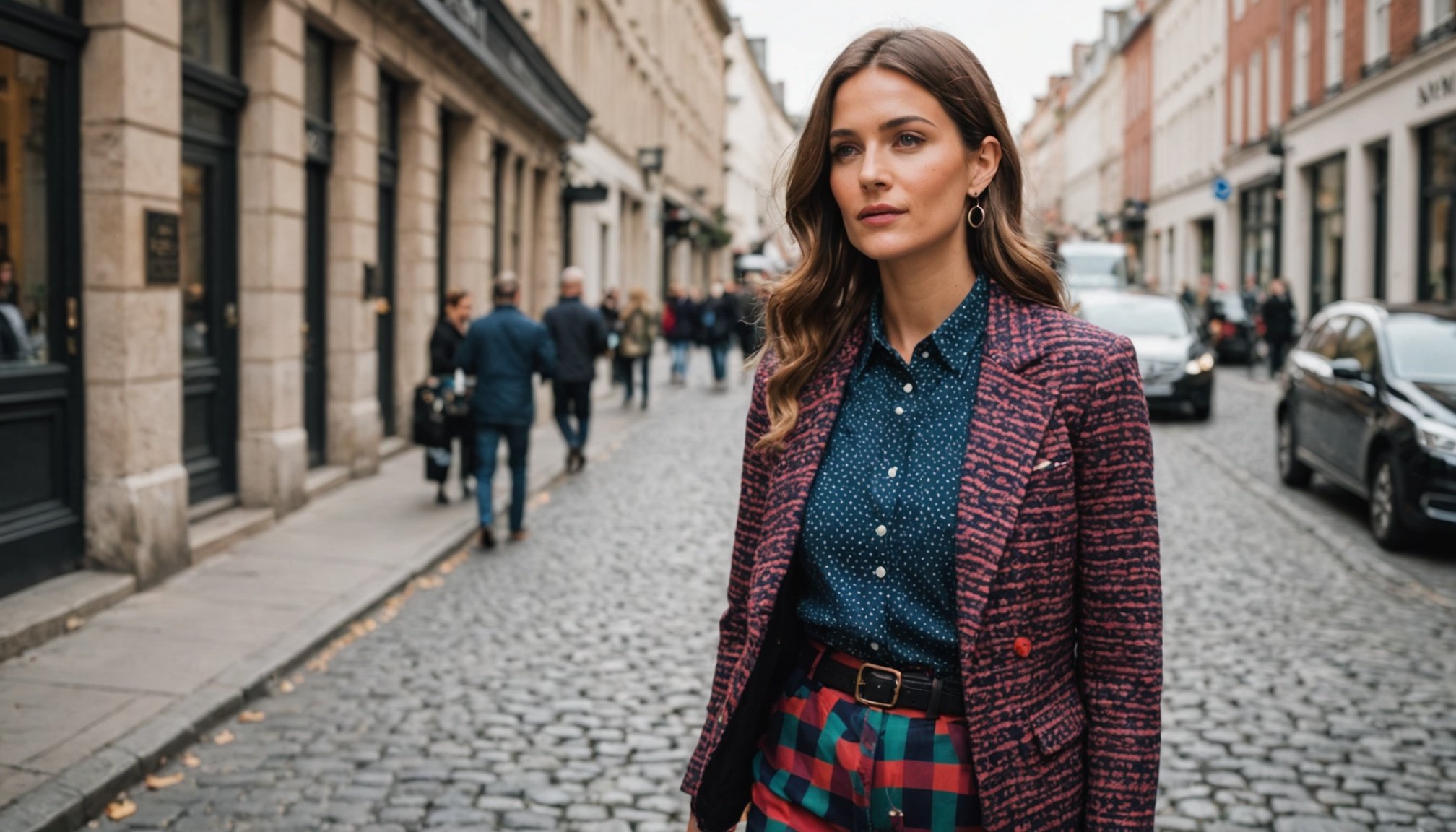Mixing patterns in your outfit can seem like a daunting task. The thought of clashing colors and styles may leave you feeling more confused than fashionable. However, with the right techniques and a bit of confidence, you can create stunning looks that stand out. This guide will provide you with insights on how to effectively mix patterns, ensuring your wardrobe feels fresh and trendy. From striped shirts to polka dot dresses, we will explore how to achieve balance and harmony in your outfit. Get ready to elevate your fashion game!
Understanding Patterns and Colors
Before diving into the world of pattern mixing, it’s essential to understand the basics of colors and how different patterns interact with each other. Patterns can vary widely from striped to floral, and each brings its unique flair to an outfit. The first step in mastering the art of mixing is recognizing which patterns complement each other.
Have you seen this : Unleash your style with versace jackets for men
Colors play a vital role in this process. Think about your wardrobe—do you have a predominance of black, white, blue, and red? These colors can act as a neutral base that allows you to experiment with bolder patterns. For instance, a white shirt can serve as a great backdrop for a navy striped tie or a floral skirt with hints of red.
When combining patterns, always consider the scale. Larger patterns can overshadow smaller ones, so balance is key. Pair a bold, large pattern with a subtler one for a harmonious look. For example, a large plaid skirt can beautifully complement a tiny polka dot top. This variation in scale helps to create visual interest without overwhelming the viewer.
Also to discover : Find your ideal missoni scarf: vibrant styles await
Finally, don’t forget about texture. Mixing different textures, like a cotton shirt with a silk tie, can add depth to your outfit. Remember, confidence in your choices is crucial. With practice, mixing patterns will become second nature, allowing you to develop a unique style that reflects your personality.
Starting with Neutrals
When venturing into the world of pattern mixing, it’s wise to start with neutral colors. These colors serve as a blank canvas, allowing your patterns to take center stage. Think about incorporating black, white, or shades of grey as foundational elements in your outfit.
For instance, consider a classic white shirt paired with a floral skirt that features hints of blue and red. The white top acts as a neutral backdrop, softening the boldness of the floral print. Similarly, a black and white striped shirt can serve as an excellent base for a colorful tie or dress with geometric patterns.
In addition to solid colors, neutrals can also include subtle patterns, such as pinstripes or polka dots. This allows you to mix without overwhelming the eye. For example, a navy pinstriped shirt can pair well with a bold floral dress while maintaining a cohesive look.
Starting with neutrals helps build your confidence in mixing patterns. Once you feel comfortable, you can gradually incorporate brighter colors and more intricate designs. Experimenting with black, white, and neutrals will help you discover what combinations work best for you and your personal style.
Incorporating Color Coordination
Color coordination is pivotal when mixing patterns. You need to ensure that the colors in your outfit complement rather than clash. To do this effectively, create a color palette that you can draw from. This will guide your choices as you select items from your wardrobe.
A simple way to coordinate colors is by choosing patterns that share one or two colors. For instance, if you have a blue and red striped shirt, look for patterns that include these colors, such as a floral skirt that features both hues. This creates a visually cohesive look that appears intentional and stylish.
Consider the 60-30-10 rule for an outfit: 60% of your look should be a dominant color, 30% a secondary color, and 10% an accent color. For example, if your base is a black and white striped shirt (60%), you could wear a red cardigan (30%) and some blue accessories (10%). This method ensures that while you are mixing patterns, you also maintain a sense of balance in colors.
Finally, don’t shy away from using accessories as a way to incorporate patterns without overwhelming your look. A boldly patterned bag or a striped tie can add interest to a simpler outfit. As you become more skilled at color coordination, your confidence in mixing patterns will naturally grow.
Experimenting with Different Patterns
Once you’ve mastered the basics of pattern mixing, it’s time to get creative! Experimenting with different patterns is where the fun truly begins. The key to successful mixing lies in understanding how various patterns can work together harmoniously.
Start by trying different types of patterns like florals, stripes, polka dots, and checks. For instance, pairing a striped shirt with a floral skirt can create a delightful contrast. The linear nature of stripes balances the organic shapes of florals. Alternatively, a red checked shirt can complement a blue polka dot tie, creating a playful yet sophisticated look.
While mixing diverse patterns, always refer back to the scale and color coordination you have learned. If you choose a bold pattern, balance it with something subtler. A large floral print works best with a small-scale pattern, ensuring that one doesn’t overpower the other.
Lastly, don’t forget to consider the context of your outfit. Some patterns and colors may work better in casual settings, while others shine at formal events. For example, a navy striped blazer over a patterned blouse can transition beautifully from day to night. As you become more comfortable mixing patterns, you’ll develop a signature style that reflects your individuality.
Confidence is Key
Ultimately, the most crucial element in mixing patterns is confidence. Embracing your style choices will transform how you perceive your outfit. When you feel confident in what you’re wearing, you will naturally project that energy to others.
To build this confidence, start small. Experiment with subtle patterns and gradually work your way up to bolder combinations. Pay attention to compliments or reactions from others; this feedback can encourage you to explore more daring options in the future.
Additionally, take time to explore your wardrobe. You may find unexpected colors and patterns that you can mix and match. Documenting your favorite outfits can also help you identify which combinations work best for you.
Don’t hesitate to look to fashion icons for inspiration. Many stylists and influencers offer great examples of how to mix patterns effectively, from casual streetwear to business attire. By observing different styles, you can discover new ways to express your creativity.
In conclusion, remember that mixing patterns should be a fun and exciting aspect of your fashion journey. Embrace your unique style and wear what makes you feel good!
Mixing patterns effectively in one outfit is an art that can significantly enhance your personal style. By understanding the basics of colors, starting with neutrals, coordinating your patterns, and experimenting with different combinations, you will soon feel empowered to create stunning looks. Remember, confidence is paramount. Wear your choices boldly and enjoy the creative process. With these foolproof techniques, your wardrobe will radiate creativity and flair, leaving you looking stylish and put together.











